XReal Air 2 AR glasses review: Minor improvements
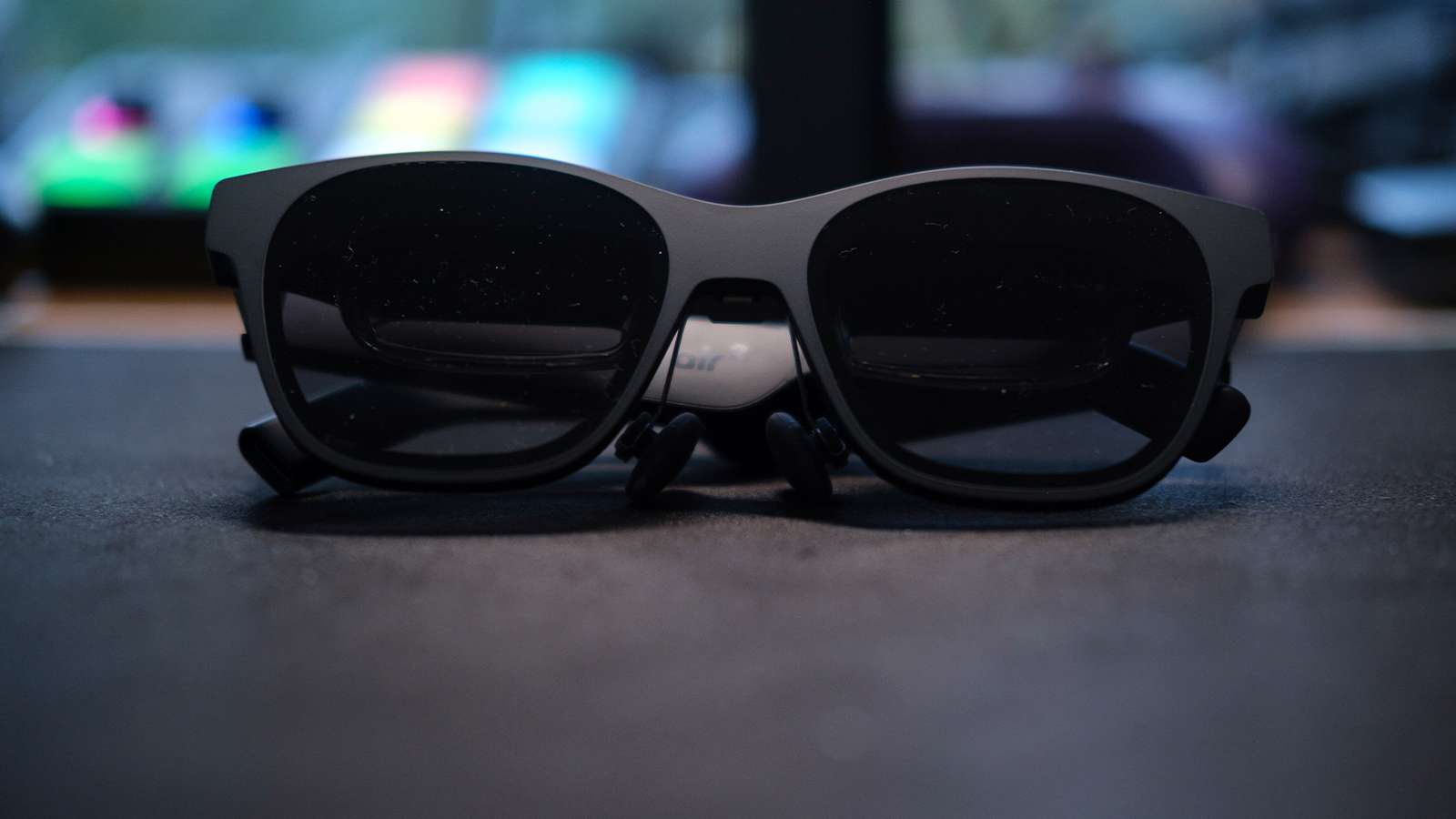
The XReal Air 2 is the latest pair of augmented-reality glasses from the company, but do they justify any need for an upgrade?
I’m unsure how to start writing this review, truth be told. The Xreal Air 2 arrived a few weeks ago, and through the surprisingly extensive use – I wasn’t a fan of the original pair – I’ve come to an odd conclusion.
Xreal has a genuine winner on their hands here, but it’s not the Air 2 itself. It’s the combination of the glasses and the small puck that arrived that changed my perspective on the product entirely.
With a new blanket advertising campaign happening across social media, as well as a fresh product, how does the XReal Air 2 stack up in the increasingly crowded AR glasses market?
Design
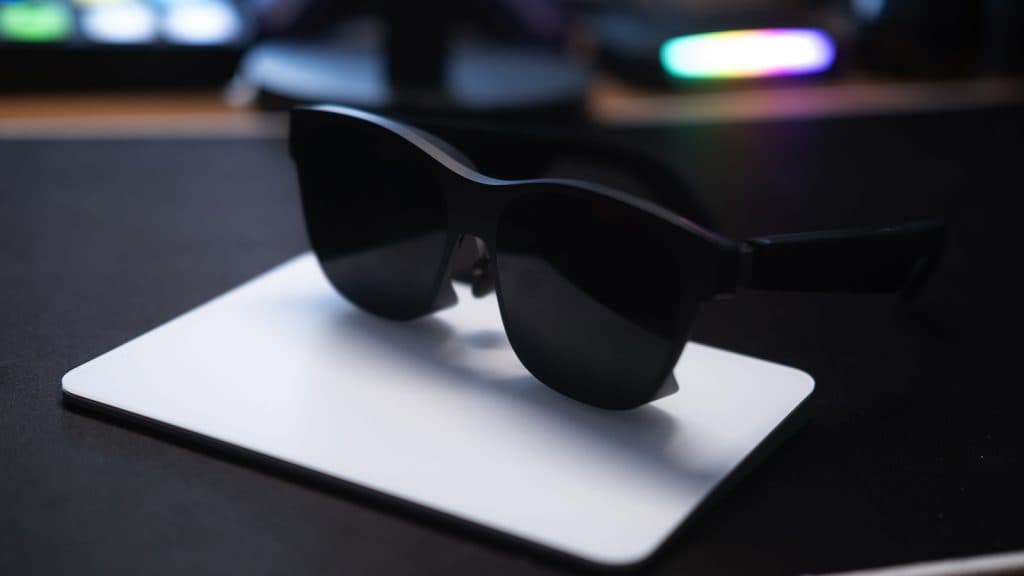
Xreal claims to have made the AR glasses lighter this time, and it’s one of the features they got out in front of. There’s a reason for that, and it’s because much like the design, very little has changed. I’m still a huge fan of the sleek, uncanny valley sunglasses look, and the lighter weight makes some difference to the overall experience.
It did come with some yellow stickers, but I decided against attempting to figure out how to put them on perfectly, otherwise, I’d be obsessed with the stray crease in my peripheral vision.
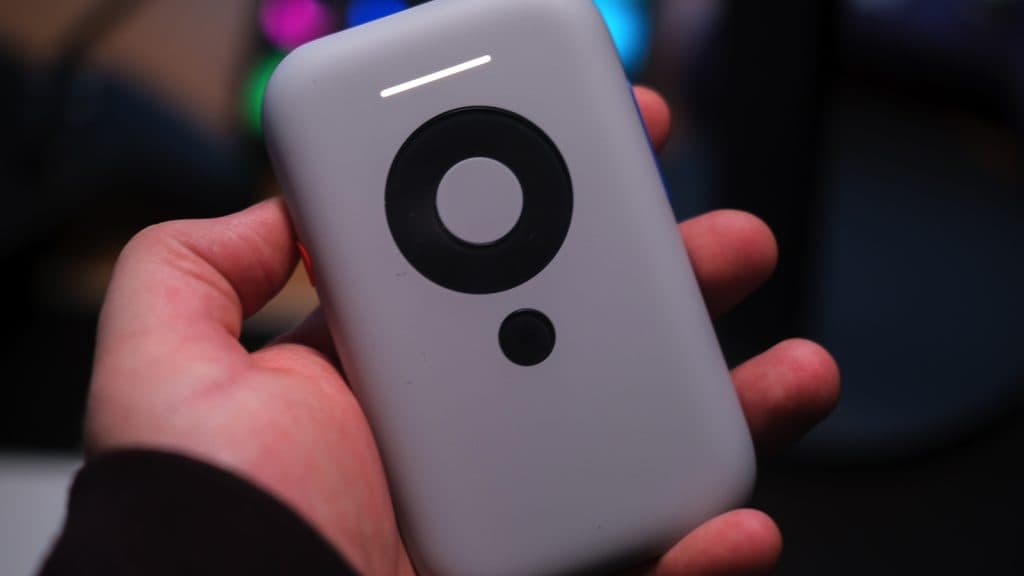
However, an integral part of the XReal Air 2, is the Beam. It’s this soft rounded remote control device, with a long power button across the top. It looks genuinely cool as you see it shoot up a white LED to indicate the battery level.
The design is self-explanatory, with two USB-C ports on the top. One for the glasses, and one for the connecting device. It’s simplistic, and the control pad could do with some physical indicators as it’s never really being looked at. However, as it’s never in your view, the shell looks nice enough.
Features
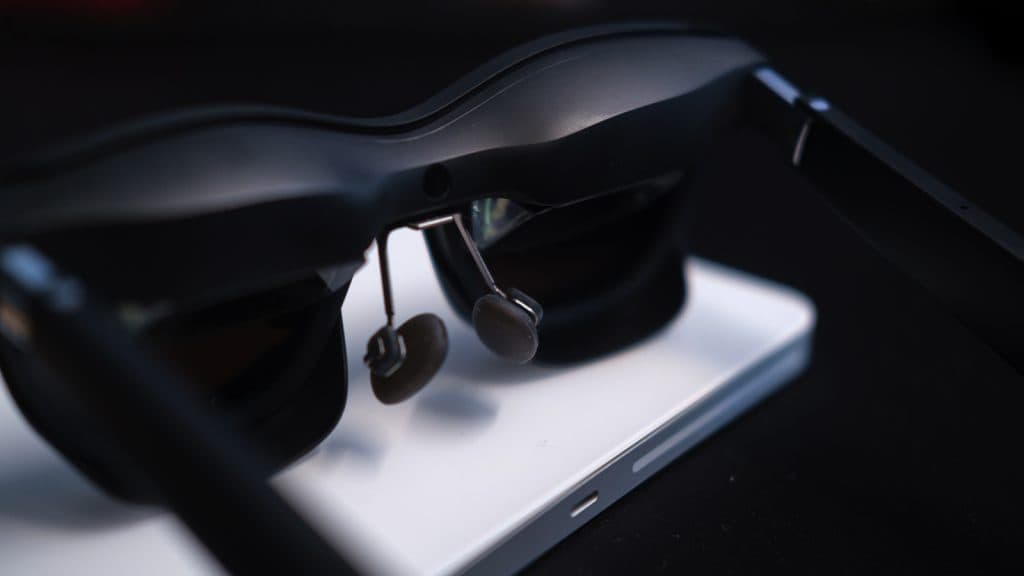
This is where the XReal Air 2 review suddenly becomes an XReal Beam review. The problem with the Air 2 is that none of the main issues we had with the original has been fixed, or improved on.
The field of view is still a meager 72 degrees, making any virtual desktop either a distant viewing experience or a head-turning ache. This also applies to any mobile VR experiences, which I mostly remained away from this time, focusing on the desktop experience. Guess what, it’s exactly like the first – warts and all.
Thankfully, this time the desktop software, Nebula, got an update to support the Air 2. I’ve been using them for writing a few reviews, with Nebula running on my M1 Pro MacBook Pro at 90Hz. Performance is perfectly stable, even with the app in beta.
It will freak out if an app you want on the glasses is on another virtual desktop. The glasses split the screen in two, as it exits the Nebula environment.
Glasses might be required

While the Nebula software is working great, it highlights a massive issue the XReal Air 2 still has. I’m shortsighted, requiring glasses to see far away. With the Beam and Nebula apps, the Air 2 can bring the screen much closer.
However, it’s still not close enough for my eyes in particular, and a hunt for any kind of focus dial-in software is nowhere to be found. You’re required not only to spend $400 minimum on these glasses but also still go out and buy the prescription lenses in the exact shape needed to fit easily.
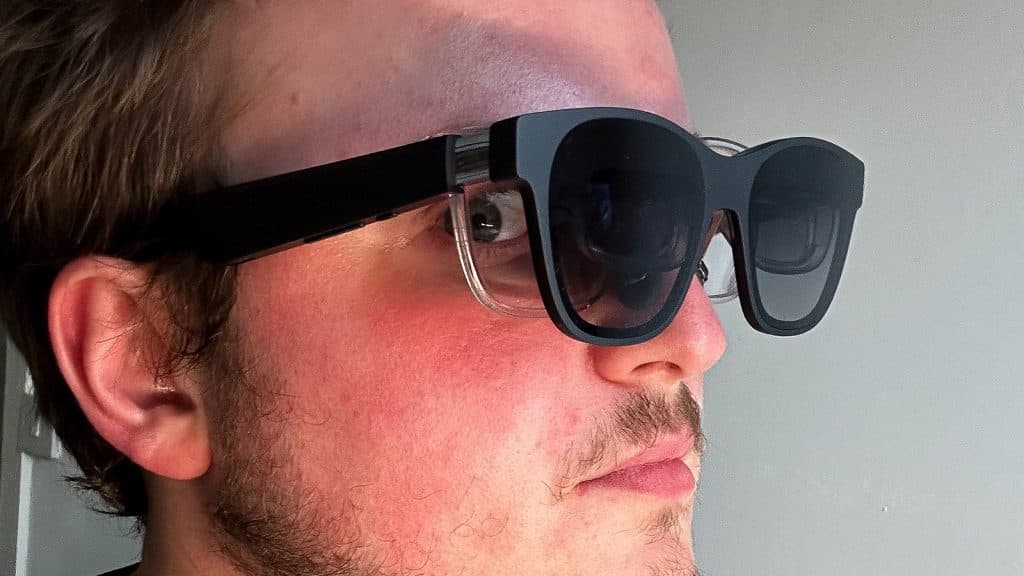
No device, especially with the second only launching barely as the first gained real traction, is worth that investment. Especially a device that still really lacks any major overhauls to its feature set.
Bearing all that in mind, even when I’m using the glasses with my other glasses underneath quite comfortably, the text and some images are still blurry in some areas. My partner, who is long-sighted and can see the screens perfectly, still says that small things like text are often blurry.
Displays
Inside they’re using micro OLED panels from Sony. These are similar, if not the same ones that will be featured in the Apple Vision Pro. The colors and video do stand out, with most content that I spent time watching looking serviceable.
It’s these OLED screens that are potentially the issue. As the Air 2 prides itself on how good the OLED panels look, there’s no feasible way to bring in a focus option on the hardware side. The glasses need to shrink, not grow. Software side, however, I’m sure something could be done. Wearing two pairs of glasses at once is getting old, fast.
However, the sound embedded within is still a tinny last resort if your headphones have run out of power. They’re fine for the odd YouTube video, but I don’t think I could watch a full movie on them.
Enter the Beam
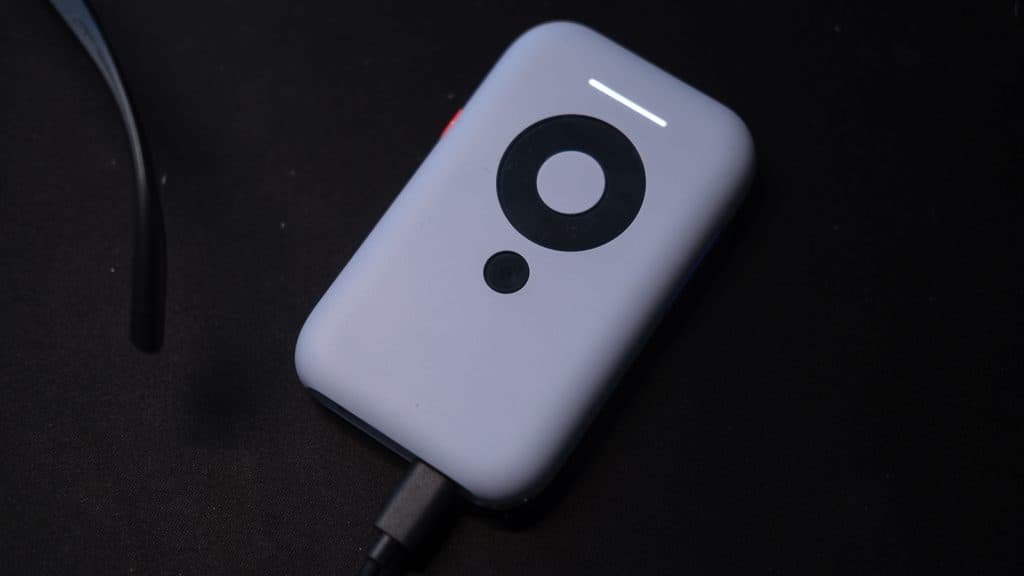
With all this negativity, when the Beam arrived a few days later, it very quickly changed my view of the XReal Air 2. Being able to quickly plug in almost any device and display it as a floating window as I pottered around the house was a game changer. Mirroring my phone over to the Beam, and continuing to hoover and wash dishes as I enjoyed the same few episodes of Doctor Who, or extensive YouTube video essay.
As I mostly used it for consuming video stuff while I was doing other things, or relaxing, instead of focusing, I began to understand the Air 2 in a new light.
Not quite there yet, XReal
You can see exactly what XReal wants to accomplish – as do all the others – but no, they aren’t there yet. The core elements work, but it’s a growing concern that the company is pushing these as feature complete.
Nebula on both macOS and Windows is still in beta, and the mobile version might not support your phone at all. To get around this, and just have a better time overall, you need to buy the Beam, at $119. The XReal Beam software is underbaked and unfinished too.
An option for apps admits that it’s not ready yet. Updating the Beam to the latest version to access the distance settings felt as if it might never actually work and getting into the different settings feels like pressing the volume on a broken TV. You have to have the knack.
Though, when it works, and in those few instances where it works repeatedly, I got it. I got the end goal, and I’m all aboard. Writing or playing a few games without disturbing anyone at night is a godsend.
Gaming performance
We were supplied a USB-C to HDMI cable, which we hooked into our Nintendo Switch’s dock for Mario Wonder, as well as an Xbox to check out Alan Wake 2. While this worked flawlessly, some definite setbacks couldn’t be fixed by getting a much longer HDMI cable.
The games themselves looked great, with both being opposite ends of the spectrum in terms of tone. Mario Wonder popped with its thrilling levels, while Alan Wake 2 engrossed us – with external headphones backing us up.
Cloud & mobile gaming on the XReal Air 2
We also tried to stream Xbox Cloud to our iPhone, over the Lightning to HDMI adapter. This is where things became a nightmare. While it’s not like I’d be walking around with this setup, I wanted as little latency as possible interfering.
Mirroring wasn’t an option, so I fed the iPhone through the HDMI to USB-C, into the Beam, and out to the glasses. The HDMI to USB-C cable is surprisingly heavy when resting on an ear for a long time.
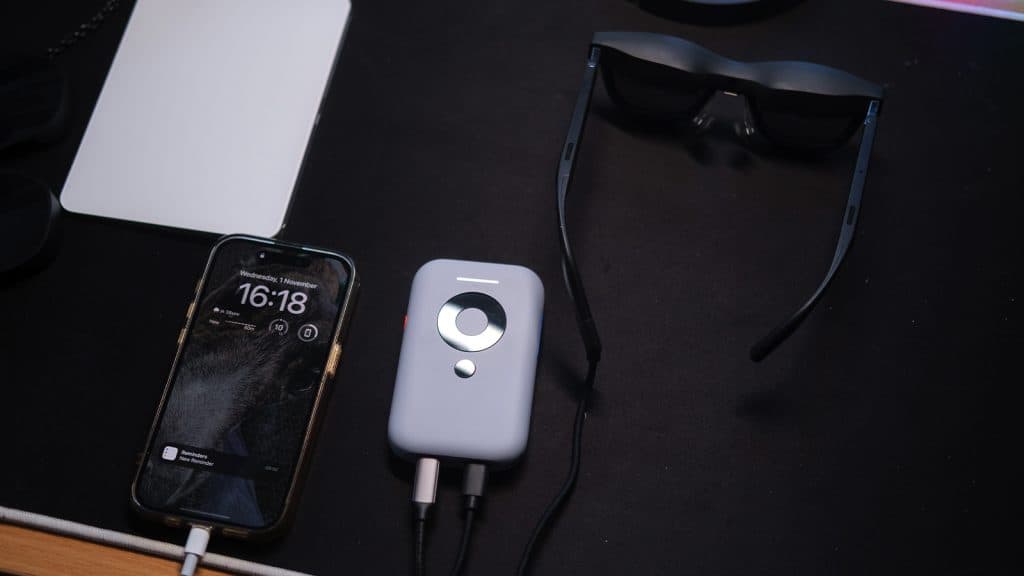
The pitch for a clean device is immediately thrown out the window. In the advert with the guy on the train, they didn’t show the other person being throttled by the small wire demon they’ve constructed. It’s messy, but it works. Xbox Cloud gaming is just fine on the XReal Air 2, as long as you have that direct connection.
Mirroring the phones or other devices to the Beam does clear a lot up, but we never found it to be a decent enough gaming experience to do anything but watch floating YouTube videos.
XReal Beam steals the show
If you want to game or not be limited on the XReal Air 2 and want some control over your virtual screens, you’re going to have to settle for that Beam combo. It provides the extra control you need that the basic video output on the Air 2 provides. You can anchor down a screen with a few button presses so that it won’t follow you as you get up to do something. Or, as mentioned above, force it into the corner as you do something else.
Verdict – 3/5
That added element the Beam brings to every device – that’s usually only available on the Nebula PC app – that augmented reality future we were promised, it gets harder to recommend the Air 2 in any capacity without it.
The Beam might bring a new layer to the device, and while hopeful wistfulness is always great, the XReal Air 2 still isn’t ready for primetime mass adoption quite yet.
If you click on a product link on this page we may earn a small affiliate commission.